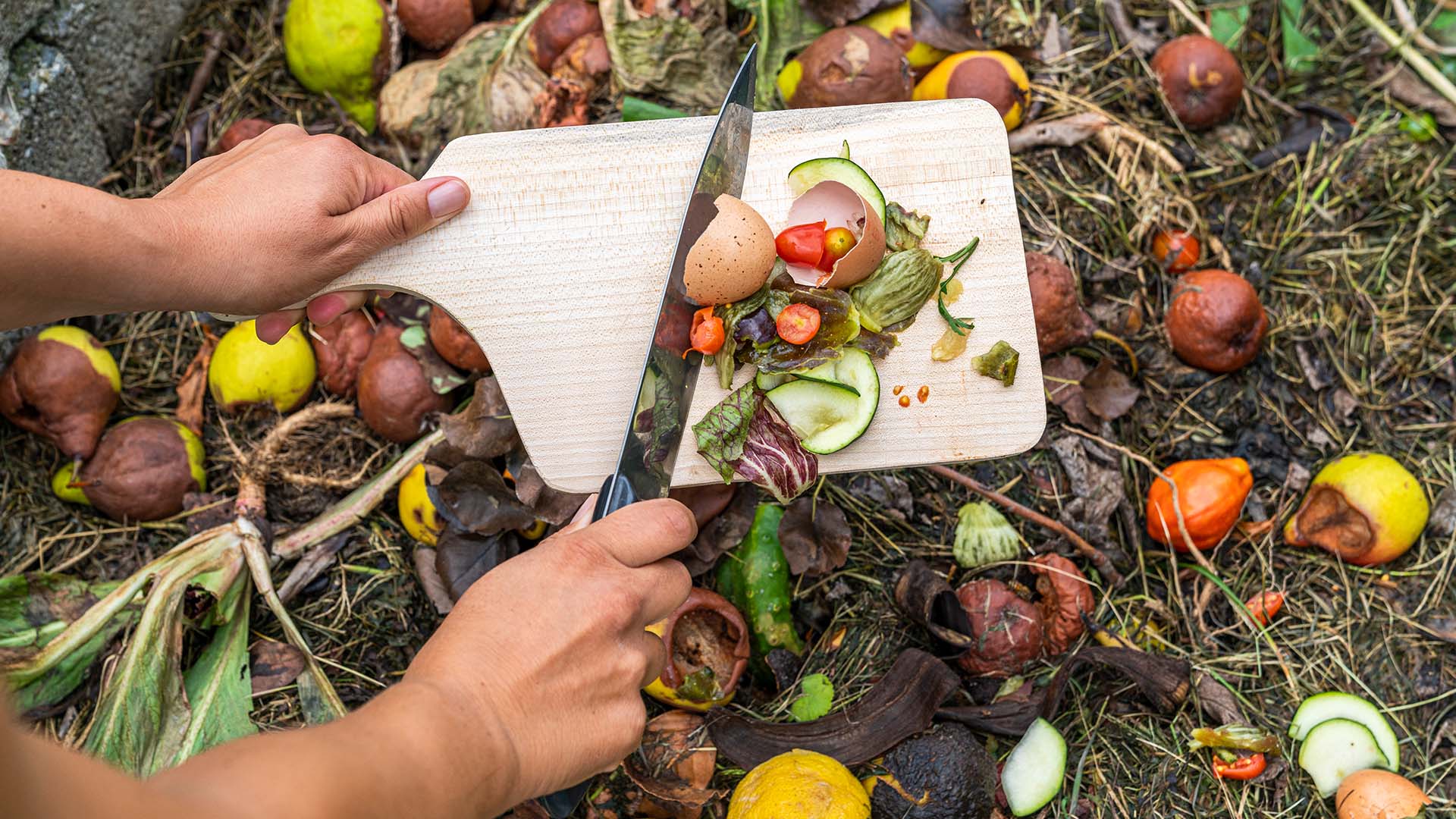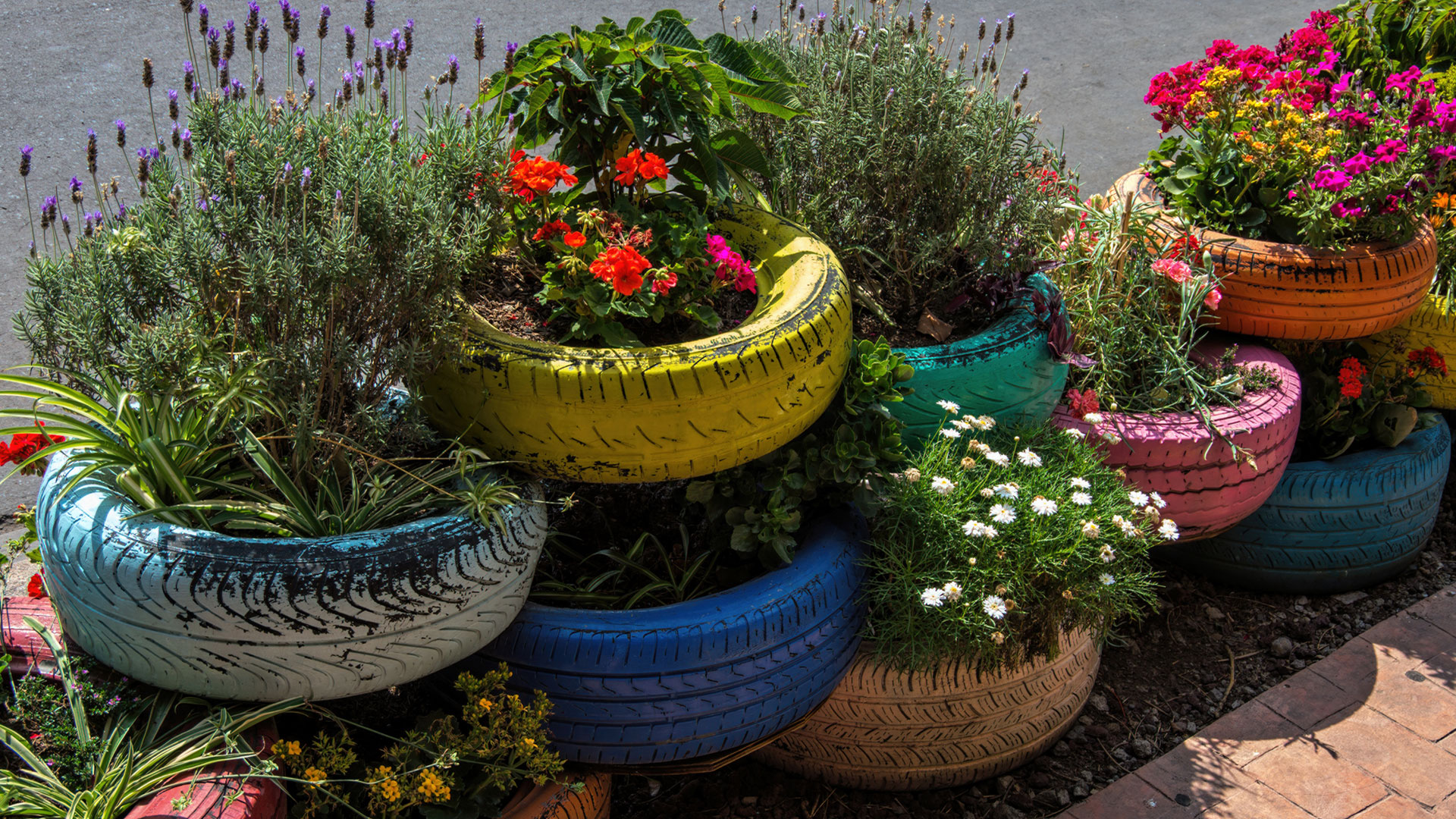Six ways to reduce your climate impact
We all have the power to make a positive impact on the climate at home, in schools, workplaces, and within our communities.
Collectively, our actions have powerful ripple effects throughout the supply chains and systems that we’re all a part of, especially when we share our successes and inspire others.
Here are six ways in which you can help to reduce your carbon footprint.
"Never doubt that a small group of thoughtful, committed citizens can change the world; indeed, it's the only thing that ever has."
Margaret Mead
1. Eat a climate-friendly diet
While it is well documented that eating less beef and lamb improves the environmental credentials of our diet and frees up land, other climate-friendly food choices aren’t always obvious. That’s why Sarah Bridle, professor of food, climate and society at the University of York, believes a traffic light labelling system that highlights a food’s carbon footprint could help consumers make informed choices. She says that retailers could achieve the market edge by providing greater transparency to the consumer. Adding stickers to show items that have been air-freighted and those that have been shipped could be a start. “A small number of people can actually shift the system,” Bridle says. “Even if less than 5% of people want, say, plant-based options, that can have a disproportionate effect on what [supermarkets] offer.”
One third of food is wasted globally every year; in fact, if food waste were a country, it would be the third largest emitter of greenhouse gases after China and the USA, according to the UN. The not-for-profit climate action organisation WRAP calculates that 70% of UK food wastage happens in the home, so there is scope for individuals to make a difference. You can check out some ideas in Love Food Hate Waste’s portion planner and the Community Fridge Network, coordinated by Hubbub.
2. Power up
According to the UK campaign Make My Money Matter, “greening” your pension is 21 times more effective at reducing your carbon footprint than giving up flying, becoming vegetarian and switching energy provider combined. Responsible investment can unleash immense financial potential for climate solutions, as co-founder and filmmaker Richard Curtis explains: “Across the world, there’s $56 trillion invested in pensions. Just imagine what that money could achieve – clean energy, affordable housing, medical research and more.”
3. Green your money
The wealthiest 1% of the global population emitted more than twice the carbon emissions of the poorest half of the world between 1990 and 2015, an Oxfam report shows. But whether you have a few hundred in the bank or millions, it’s being invested. Ask your bank about its investment policies and see if they align with your own values. You can also check your bank, pension or energy provider’s credentials online at SwitchIt.
According to the UK campaign Make My Money Matter, “greening” your pension is 21 times more effective at reducing your carbon footprint than giving up flying, becoming vegetarian and switching energy provider combined. Responsible investment can unleash immense financial potential for climate solutions, as co-founder and filmmaker Richard Curtis explains: “We’ve had huge numbers of people change their pensions, and seen more than £600bn committed to robust net-zero targets.” With more than $50tn invested in pension around the world, he adds, “Our campaign believes pensions to be citizens’ hidden superpower in fighting against catastrophic climate change.”
4. Get sharing…
Every item we buy has an impact on the environment, during its manufacture, transportation, use, and disposal. One way in which you can mitigate this impact is by choosing vintage, preloved and second-hand items – or by sharing. Lending libraries and share sheds are treasure troves for niche items you’ll only use once in a while, such as DIY power tools, loudspeakers, gazebos or ice cream makers. From Toronto’s tool library in Canada and the Zero hub in Sicily to Berlin’s borrowing shop Leila and Norway’s Tingenes Bibliotek, this reuse revolution is thriving around the world.
You could sign up to the US-based non-profit Shareable’s newsletter to get involved with the global sharing movement, search Sharestarter’s world map to find sharing libraries in your country, or replicate the Thingery’s model to set up an equipment-lending library inside a modified shipping container. These hubs not only connect neighbourhoods and build community resilience, but they’re also a joyful experience, says Charlotte Thorpe, marketing lead at London’s Library of Things, a network of 11 self-service kiosks: “The local level is an important, empowering space for people to take climate action – [sharing] is a gateway to more sustainable behaviour.” Once hooked, borrowers are 60% more likely to repair or recycle items.
5. ..and repairing
Whether you’ve broken a toaster or ripped your jeans, you can now find repair cafés in cities across the world from Cape Town and Christchurch to Bangalore and Honolulu. “The craft [of repair] has been lost, but it’s now a growing trend,” says Ashleigh Dawson, director of Recycle2Riches, a US-based non-profit organisation seeking to disrupt the culture of consumption by designing out waste. “Investigate whether brands have a repair programme – if consumers are asking for it, [a more sustainable system] will come.”
The annual international FixFest, which brings together sustainability activists and community initiatives, also advocates for a universal “right to repair”. Once spare parts and repair manuals become more affordable and easily accessible, products will last longer and greenhouse gas emissions can be reduced.

6. Go slow
When it comes to flying abroad to sunnier climes, the climate charity Possible has found that aviation use is dominated by just a few frequent flyers. In the US, for example, just 12% of people take two-thirds of all flights. Now, through Possible’s Climate Perks initiative, climate-conscious employees can get extra paid “journey days” that enable them to opt for slower lower-carbon transport solutions such as trains, ferries or coaches.
If you’re curious how switching from planes to trains might impact your own carbon footprint, Germany’s Institute for Energy and Environmental Research has developed a clever calculator called EcoPassenger, which compares emissions for different modes of transport along your chosen route.
It’s not just how you get to your destination that matters, but what you do once you’re there. The TreadRight Foundation has created a useful Make Travel Matter checklist for responsible travellers to tick off before you pack your bags. Stay for longer in one place, go off-season, book eco-friendly accommodation and perhaps hike, bike or use public transport to explore.
This content is not intended for copyright infringement all of this are for educational purpose only, for acknowledgement visit https://www.bbcearth.com/




comment man ka kanako HAHAHAHAHA
ReplyDeletenice idea!
ReplyDeleteLets fight the climate change
ReplyDeleteThank you for the information
ReplyDeleteThanks for the information
ReplyDeletenicei idea but not everybody can do that, specially me
ReplyDelete